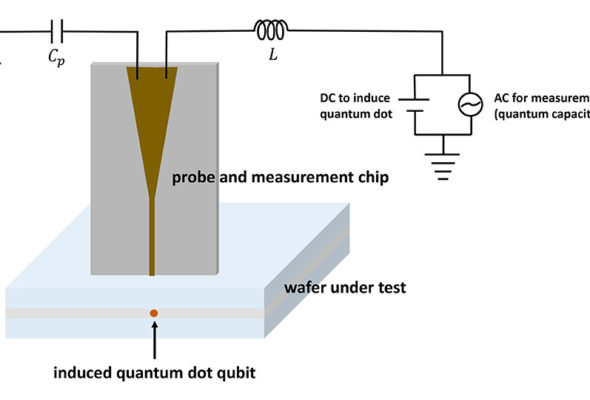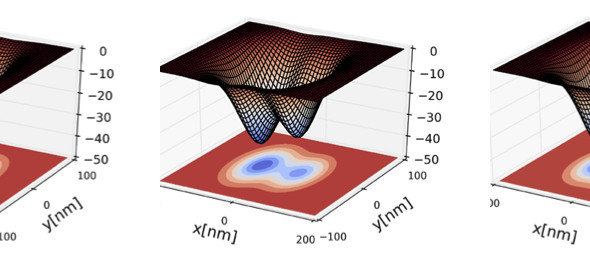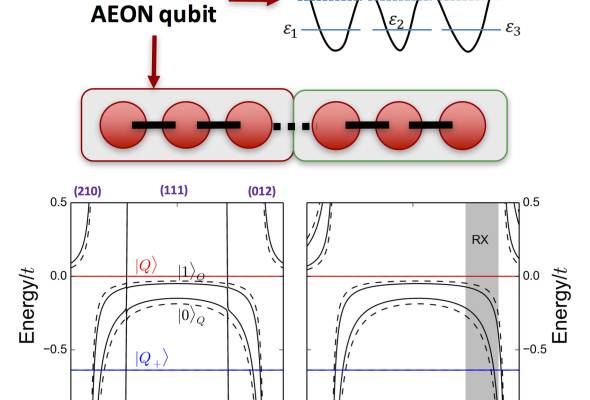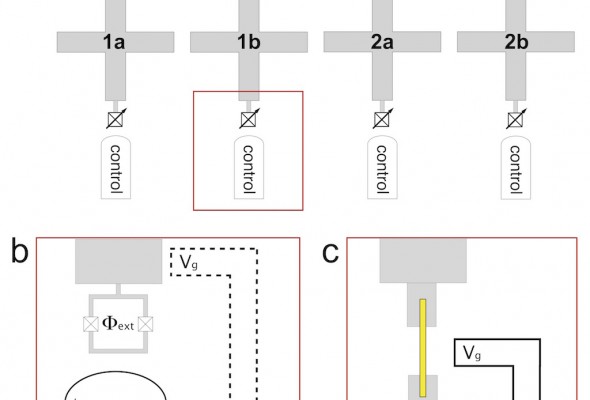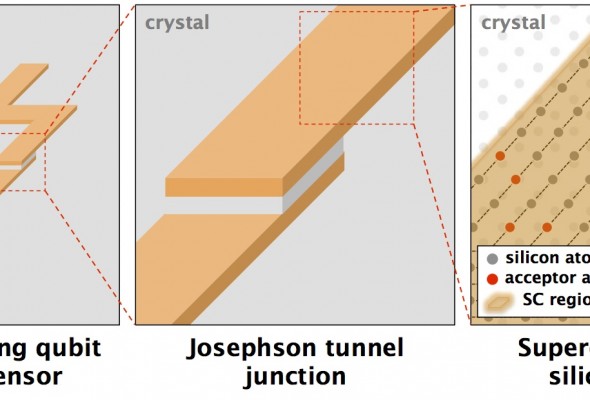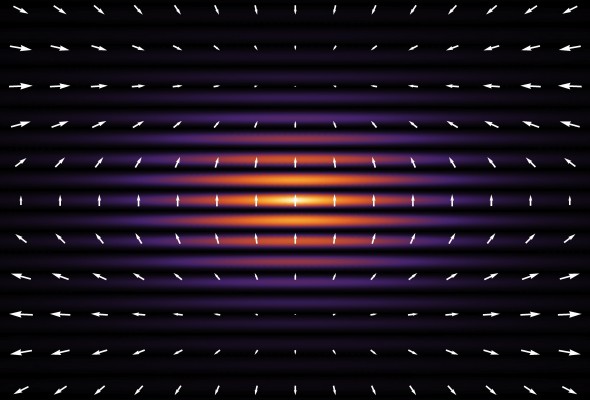News
Theory of barrier vs tilt exchange gate operations in spin-based quantum computing
Why is it better to operate exchange gates by tuning the tunnel gate instead of doing detuning? This paper shows, quantitately, that tunnel gates inflict less susceptibility to cha...
PRB: Electron g-factor of valley states in realistic silicon quantum dots
We explain an unexpected anomoly of the g-factor (how the electron spin qubit energy changes as a function of magnetic field) in silicon quantum dots. This new mechanism creates a...
Nature Communications: Semiconductor-inspired design principles for superconducting quantum computing
Superconducting circuits offer tremendous design flexibility in the quantum regime culminating most recently in the demonstration of few qubit systems supposedly approaching the th...
Preprint: Charge-noise-insensitive gate operations for always-on, exchange-only qubits
We introduce an always-on, exchange-only qubit made up of three localized semiconductor spins that offers a true “sweet spot” to fluctuations of the quantum dot energy ...
Paper: Spin-orbit coupling and operation of multi-valley spin qubits
Spin qubits composed of either one or three electrons are realized in a quantum dot formed at a Si/SiO_2-interface in isotopically enriched silicon. Using pulsed electron spin reso...
C. Tahan named Fellow of the American Physical Society
Congratulations to all the new APS Fellows nominated by GQI....
Preprint: Semiconductor-inspired superconducting quantum computing
Superconducting circuits offer tremendous design flexibility in the quantum regime culminating most recently in the demonstration of few qubit systems supposedly approaching the th...
Technology and Society
Nanotechnology, Quantum Information Technology, Society: Course, Definitions, Essays
Exploring advanced classical and quantum technologies and their societal implications. Definitions and essays on nanotechnology and quantum technology....
Quantum Information Technology and Industry
A new era of physics careers in industry is about to begin, based on the quantum information science/technology (QIS/T) revolution. Whether this statement is true, or can be made t...
Spookytechnology and Society
Spookytechnology and Society: Understanding and anticipating the second revolution in quantum-designed technologies Download the article this summary is based on: C. Tahan, Spookyt...
Preprint: Spookytechnology and Society
New technologies based on the exploitation of so-called "second order" quantum phenomena - such as quantum entanglement - deserve a public-friendly, rational, and sexy name. Spooky...
Chapter: The Nanotechnology R(evolution)
Nanotechnology as a social concept and investment focal point has drawn much attention. Here we consider the place of nanotechnology in the second great technological revolution of...
Identifying Nanotechnology in Society
Manufacturing materials and systems with components thousands of times smaller than the width of a human hair promises vast and sometimes unimaginable advances in technology. Yet t...
Identifying Nanotechnology in Society
preprint; Chapter in Advances in Computers 71:Nanotechnology, edited Marvin Zelkowitz, Elsevier, 2007 Identifying Nanotechnology in Society Charles Tahan Cavendish Laboratory, Uni...
Highlights
-
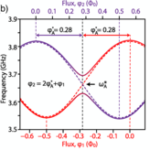
Microwave-free, high-fidelity, hot superconducting qubits
Universal Nonadiabatic Control of Small-Gap Superconducting Qubits Daniel L. Campbell, Yun-Pil Shim, Bharath Kannan, Roni Winik, David K. Kim, Alexander Melville, Bethany M. Niedzi...
-
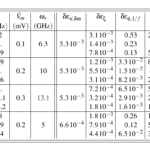
Connecting spin qubits fast via longitudinal coupling
Modulated longitudinal gates on encoded spin-qubits via curvature couplings to a superconducting cavity Rusko Ruskov, Charles Tahan We propose entangling operations based on t...
-
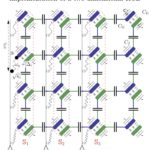
Realizing the two-dimensional hard-core Bose-Hubbard model with superconducting qubits
In a collaboration with MIT we develop a roadmap for exploring new physics in arrays of superconducting qubits....
-
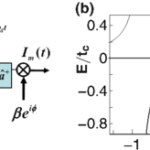
Quantum-limited measurement of spin qubits via curvature coupling to a cavity
We revisit quantum capacitance from first principles to understand its potential for quantum-limited readout. We show that the readout speed can be unexpectedly fast with high kine...
-

Induced quantum dot probe for material characterization
Proposed probe chip a potential shortcut for quantum device manufacturing cycle ...
-
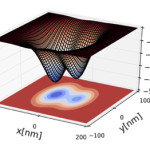
Theory of barrier vs tilt exchange gate operations in spin-based quantum computing
Why is it better to operate exchange gates by tuning the tunnel gate instead of doing detuning? This paper shows, quantitately, that tunnel gates inflict less susceptibility to cha...
-

Always-on Exchange-ONly (AEON) spin-based qubits
We introduce an always-on, exchange-only qubit made up of three localized semiconductor spins that offers a true "sweet spot" to fluctuations of the quantum dot energy levels....
Featured
Microwave-free, high-fidelity, hot superconducting qubits

Universal Nonadiabatic Control of Small-Gap Superconducting Qubits Daniel L. Campbell, Yun-Pil Shim, Bharath Kannan, Roni Winik, David K. Kim, Alexander Melville, Bethany M. Niedzi...
More in
- Quantum-limited measurement of spin qubits via curvature coupling to a cavity
- Induced quantum dot probe for material characterization
- Theory of barrier vs tilt exchange gate operations in spin-based quantum computing
- Always-on Exchange-ONly (AEON) spin-based qubits
- Semiconductor-inspired superconducting quantum computing
Papers
Microwave-free, high-fidelity, hot superconducting qubits

Universal Nonadiabatic Control of Small-Gap Superconducting Qubits Daniel L. Campbell, Yun-Pil Shim, Bharath Kannan, Roni Winik, David K. Kim, Alexander Melville, Bethany M. Niedzi...
More in
- Quantum-limited measurement of spin qubits via curvature coupling to a cavity
- PRB: Electron g-factor of valley states in realistic silicon quantum dots
- Nature Communications: Semiconductor-inspired design principles for superconducting quantum computing
- Paper: Spin-orbit coupling and operation of multi-valley spin qubits
- Nature Communications: Bottom-up superconducting and Josephson junction devices inside a group-IV semiconductor
Preprints
Connecting spin qubits fast via longitudinal coupling

Modulated longitudinal gates on encoded spin-qubits via curvature couplings to a superconducting cavity Rusko Ruskov, Charles Tahan We propose entangling operations based on t...
More in
- Realizing the two-dimensional hard-core Bose-Hubbard model with superconducting qubits
- Preprint: Charge-noise-insensitive gate operations for always-on, exchange-only qubits
- Preprint: Semiconductor-inspired superconducting quantum computing
- Preprint: Superconducting-semiconductor quantum devices: from qubits to particle detectors
- Preprint: Bottom-up superconducting and Josephson junction devices inside a Group-IV semiconductor
Talks
APS March Meeting 2015
See all our great talks at MM2015 in San Antonio!...
More in
- March Meeting 2013: Invited talk on cavity quantum phonodynamics, talks on spin-valley relaxation and many-body phononic systems.
- Invited Talk, MM2013: On-chip cavity quantum phonodynamics: spin qubits and nano/optomechanics
- Colloquium @ Stanford: Spookytechnology and Society: The progress and implications of quantum information science and technology
Press
The Physics arXiv Blog highlights the acceptor:Si quantum phonodynamics preprint
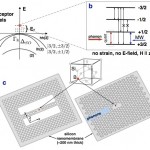
The science of how light interacts with matter is called quantum electrodynamics or QED and the theory on which it is based is one of the crowning achievements of 20th century phys...


